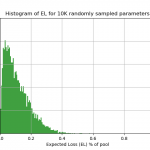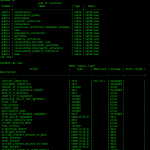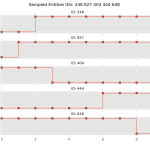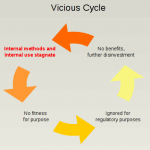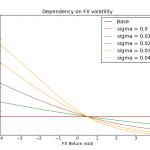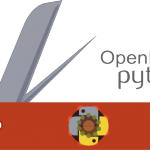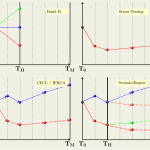
Credit Portfolio Management in the IFRS 9 / CECL and Stress Testing Era
Credit Portfolio Management in the IFRS 9 / CECL and Stress Testing Era
The post-crisis world presents portfolio managers with the significant challenge to assimilate in day-to-day management the variety of conceptual frameworks now simultaneously applicable in the assessment of portfolio credit risk:
- The first major strand is the widespread application of regulatory stress testing methodologies in the estimation of regulatory risk capital requirements
- The second major strand is the introduction of new accounting standards (IFRS 9 / CECL) for the measurement and disclosure of expected credit losses While both Regulatory Stress Testing and IFRS 9 / CECL accounting require investment in analytic capabilities and provide unique new insights, both are aimed at satisfying evolving prudential or investor disclosure requirements. Neither is designed to help credit portfolio managers analyse and steer their portfolios in the bottom-up fashion that is an essential part their mandate.
The above developments are overlaid into pre-existing conceptual and practical frameworks such as
